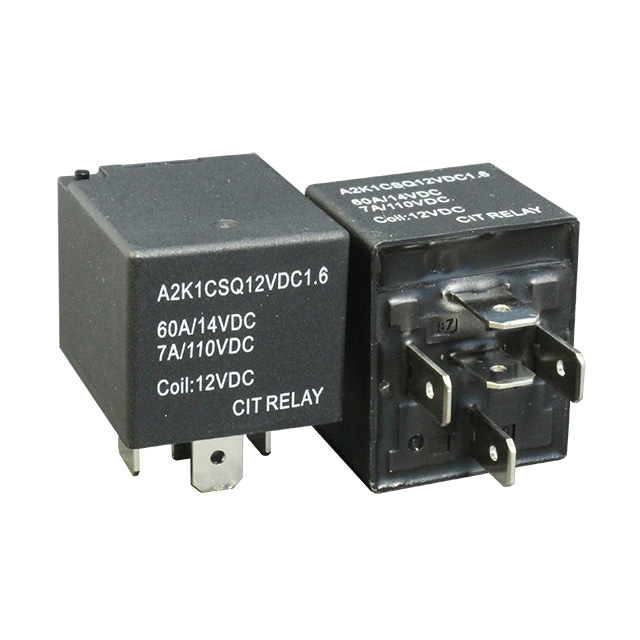Relays are essential components in various industries, serving as switches that control electrical circuits. Traditionally, conventional relays have been the go-to choice for many applications. However, with advancements in technology, electronic solid state relays (eSSRs) have emerged as a promising alternative. In this blog post, we will delve into the question of whether electronic solid state relays are more reliable than conventional relays, exploring their benefits, drawbacks, and real-world applications.
- Understanding Conventional Relays:
Conventional relays, also known as electromechanical relays, have been widely used for decades. They consist of mechanical contacts that physically open and close to control the flow of current. While conventional relays have proven their reliability over time, they are not without limitations. Mechanical wear and tear, contact bounce, and susceptibility to environmental factors can affect their performance and lifespan. - The Rise of Electronic Solid State Relays:
Electronic solid state relays, on the other hand, leverage semiconductor technology to achieve switching functionality without any moving parts. By utilizing power electronics and optoelectronics, eSSRs offer several advantages over conventional relays. - Enhanced Reliability:
One of the primary reasons why electronic solid state relays are considered more reliable is their absence of mechanical components. Without moving parts, eSSRs are immune to wear and tear, reducing the risk of failure due to mechanical fatigue. Moreover, eSSRs exhibit faster switching speeds, resulting in reduced contact bounce and improved overall performance. - Improved Longevity:
The extended lifespan of electronic solid state relays is another factor contributing to their reliability. With no mechanical contacts to degrade over time, eSSRs can endure millions of switching cycles, outlasting conventional relays in demanding applications. This increased longevity translates into reduced maintenance costs and enhanced system uptime. - Enhanced Precision and Safety Features:
Electronic solid state relays offer precise control over switching operations, allowing for accurate and repeatable switching times. Additionally, eSSRs often incorporate built-in protection features such as overcurrent and overvoltage protection, ensuring the safety of connected devices and preventing damage caused by electrical faults. - Real-World Applications:
Electronic solid state relays find applications in various industries, including industrial automation, power distribution, HVAC systems, and medical equipment. Their reliability, compact size, and ability to switch high currents make them ideal for critical operations where safety and precision are paramount.
Conclusion:
In conclusion, electronic solid state relays have emerged as a more reliable alternative to conventional relays. Their solid-state design, absence of moving parts, extended lifespan, and enhanced precision make them a preferred choice for many industries. While conventional relays still have their place in certain applications, the advantages offered by eSSRs in terms of reliability and performance cannot be ignored. As technology continues to advance, electronic solid state relays are poised to revolutionize the field of electrical switching, paving the way for more efficient and reliable systems.




More Stories
Maximizing Efficiency and Precision with Horizontal Machining Centers
Mini Single Screw Extruder: Precision Engineering and High-Performance Application Guide
How a laser wire marking machine Enhances Identification Accuracy in Modern Cable Manufacturing